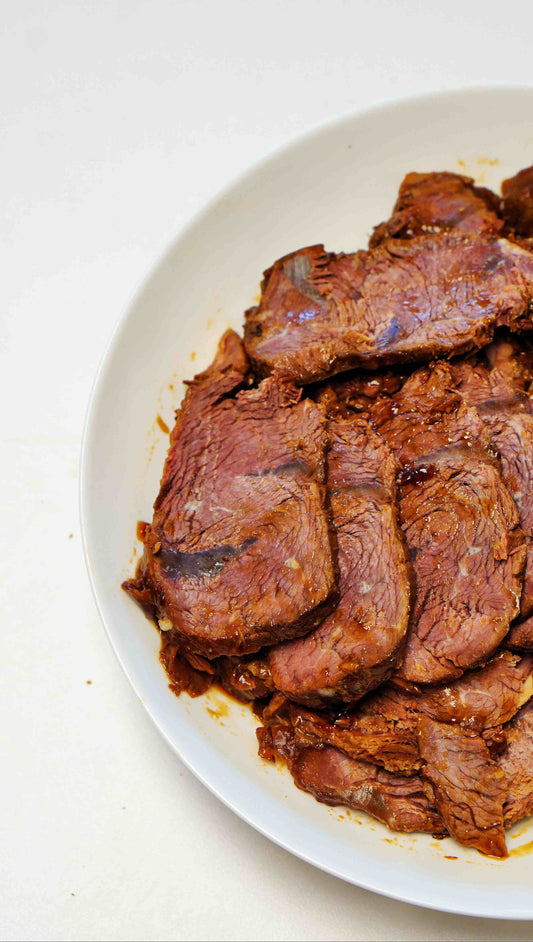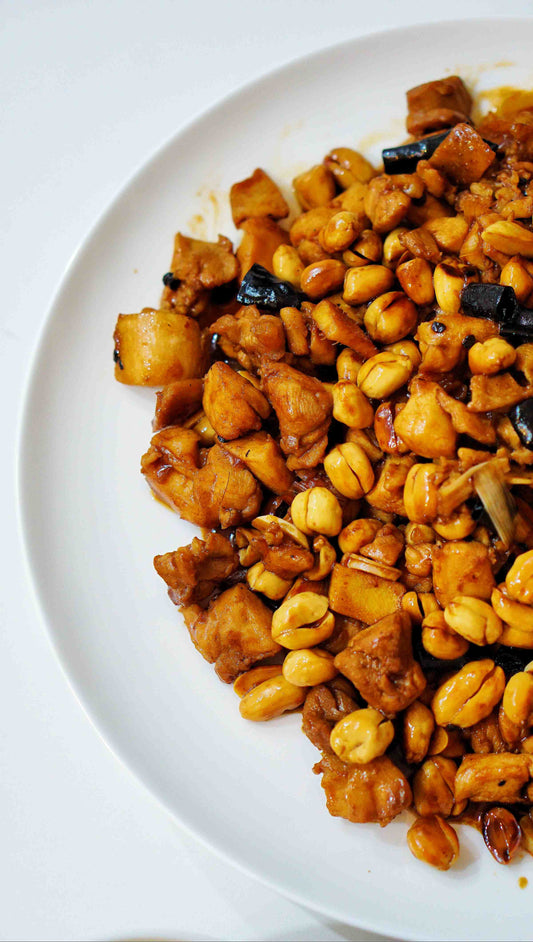Chinese Table Culture
There are many cultural differences between Westerners and Chinese people. If you have a Chinese friend, you probably understand what I mean. Here are some examples:
- In terms of expressing opinions, Western thinking is straightforward and direct, while Chinese thinking is more indirect and subtle, sometimes appearing a bit complex.
- Westerners place self-awareness at the forefront, whereas Chinese people prioritize collective consciousness over self-awareness.
Cultural differences are also evident in dietary habits.
- Westerners tend to have cold food for breakfast and dinner, while Chinese people prefer hot or cooked food for all three meals. Similarly, Westerners are accustomed to drinking cold water with ice, while Chinese people prefer hot water.
- When talking at the dining table, Westerners tend to whisper, whereas in China, the dining table is a place for family and friends to gather and bond, often creating a lively and warm setting.
There are many differences, each with its own reasons or historical context. While we can't cover them all, we can highlight some key aspects of table culture to help you feel more comfortable when dining at a Chinese restaurant or traveling in China.
How many dishes are typically served at a meal?
Don't eat just one dish like western food. Usually, a Chinese meal consists of meat, vegetables, soup, and rice, each in separate plates or dishes and we share together. For a family of three, the quantity of food is larger, and there may be more dishes. So, if you want to cook Chinese food for family, it's better to cook 3-4 dishes to share like buffet. Again, don't eat just one dish. It would really weird.

How to order for a group in a Chinese restaurant?
When ordering for a group, a good rule of thumb is to order at least one more dish than the number of people. So, for X number of people, you should order at least X+1 dishes. Note that "dish" refers to meat, vegetables, or soup, just not rice.
Is the food different for breakfast, lunch, and dinner?
A: Yes, food can vary significantly between different meals and regions. For example, people in northern China might have steamed buns for dinner, which serve as a staple similar to rice in the south. In contrast, southern Chinese often have steamed buns for breakfast. Breakfast is generally quite different from lunch or dinner, while lunch and dinner might be more similar. Remember, the most important meal of the day in China is dinner.
Is there a specific seating arrangement at a round table?
Yes, especially in business settings, there are certain rules for seating at a round table. Typically, one sits down from the left side of the chair. The highest seat is the quietest position, farthest from the exit, with a clear view of the entire venue. The seating arrangement follows the Western banquet rule where the right side is the superior position. The principal guest sits to the right of the host, and the second principal guest sits to the left of the host or to the right of the first principal guest. Wine pouring and serving dishes are done from the guest's right side.
Blog posts
View all-

Chinese Braised Beef Shank 酱牛肉
This recipe is a full version spices for braised dishes with more than 10 kinds of spices used.
Chinese Braised Beef Shank 酱牛肉
This recipe is a full version spices for braised dishes with more than 10 kinds of spices used.
-

Chinese Braised Pork Trotter 红烧猪蹄
The traditional braised taste with super tender trotter. Once it enters your mouth, it just melt in the mouth with all the flavors.
Chinese Braised Pork Trotter 红烧猪蹄
The traditional braised taste with super tender trotter. Once it enters your mouth, it just melt in the mouth with all the flavors.
-

Kung Pao Chicken 宫保鸡丁
The authentic Sichuan version of Kung Pao Chicken uses chicken thigh meat, as it absorbs flavors better than chicken breast
Kung Pao Chicken 宫保鸡丁
The authentic Sichuan version of Kung Pao Chicken uses chicken thigh meat, as it absorbs flavors better than chicken breast



